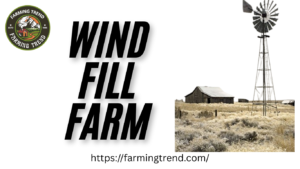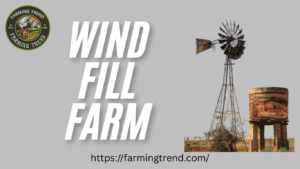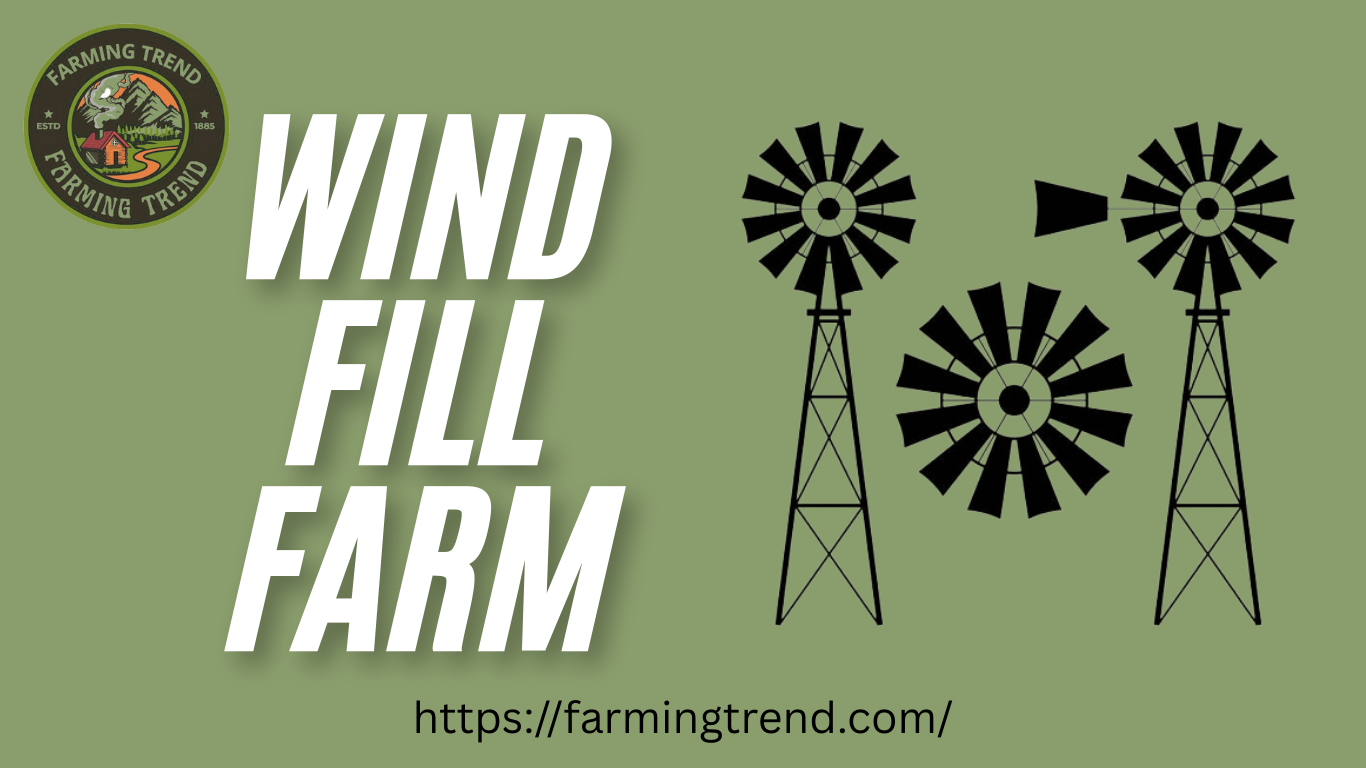When you drive through the countryside, it’s not common to see tall, spinning structures in the landscape. These are windmills, and they played a vital role in agriculture for centuries. But what exactly is a windmill on a farm, and why is it important? We will discuss the purpose, history, and modern applications of windmills on a farm, highlighting their role in sustainable agriculture and how they benefit today’s farmers. Windmill on a farm

What is a windmill?
The mechanical energy of a traditional windmill is a structure that converts wind energy into mechanical energy. Windmills use large blades or sails that rotate when wind passes over them. This rotational energy is rationally transferred into usable energy to perform specific tasks. Windmill on a farm
Windmills and other farms typically pump water or generate electricity, making them essential to agricultural operations in many regions.
History of Windmills in Agriculture
The earliest agricultural windmills appeared in Persia around 600-900 AD; by the 12th century, windmills had been used on farms for 100 years. They had spread to Europe. American farmers adopted windmills in the 19th century, especially in areas where access to water was limited. Windmill on a farm
The wind turned the blades, which powered a piston pump to draw water from a well. These early windmills were primarily used for pumping groundwater for irrigation and livestock.
Main Uses of a Windmill on a Farm
1. Water Pumping
The most common and most popular historical and modern use of farm windmills is pumping water for farmers’ use, to extract water from well-supplied, wind-powered pumps to crops or provide drinking water for livestock. This is especially useful in remote areas without access to electricity.
2. Generating Electricity
These turbines convert kinetic wind energy into electrical power, which can be used to run equipment, power a farm building, or be sold back to the grid. Modern windmills, or wind turbines, are now widely used on farms to generate renewable energy and electricity.
3. Irrigation and Drainage
They can also assist in draining excess water from fields, helping maintain ideal soil conditions in some regions. Windmills help with irrigation by pumping water into ditches or reservoirs for irrigation and drainage.
4. Grain Milling (Historical Use)
This use is now largely obsolete due to modern machinery. It is a testament to the versatility of wind power on farms. Historically, windmills were also used to grind grain into flour, although this use is now largely obsolete.
Benefits of Using Windmills on Farms
Sustainable and Eco-Friendly
Wind energy is a clean, renewable resource. Windmills reduce fossil fuel use and help lower a farm’s carbon footprint, aligning with the growing demands for sustainable farming practices.
Cost-Effective
After the initial investment, windmills have low operating costs; they harness free wind energy, which can significantly reduce electricity and water-pumping expenses over time.
Reliable in Remote Areas
In rural or off-grid locations, windmills offer a reliable source of energy or water without needing complex infrastructure. Windmill on a farm
Long Lifespan and Low Maintenance
Modern windmills are designed to last for decades with minimal maintenance; their simple mechanical design makes them durable and easy to repair.
Types of Windmills Used on Farms
- Traditional windpumps, often made of metal and tower-mounted, are used for water pumping.
- Horizontal-axis wind turbines are commonly used for electricity generation; these have large blades mounted on a horizontal axis.
Vertical-axis wind turbines are less common but suitable for areas with variable wind directions.

Factors to Consider Before Installing a Windmill
Before installing a windmill on your farm, consider the following:
- Wind speed and consistency in your region
- Purpose (e.g., water pumping vs. electricity generation)
- Installation costs and potential return on investment
- Local regulations or zoning restrictions
- Maintenance requirements
Conclusion
So, what is a windmill on a farm? It is a powerful tool that harnesses the wind to support farming operations, whether through pumping water, generating electricity, or enhancing sustainability. Windmills have evolved from simple mechanical pumps to sophisticated energy systems, but their core purpose remains the same: to help farmers make the most of natural resources. Windmill on a farm
In today’s age of climate awareness and renewable energy, farm windmills are more relevant than ever. Whether you are a small-scale farmer or manage a large agricultural enterprise, integrating wind energy can boost efficiency, save costs, and promote a greener future.



